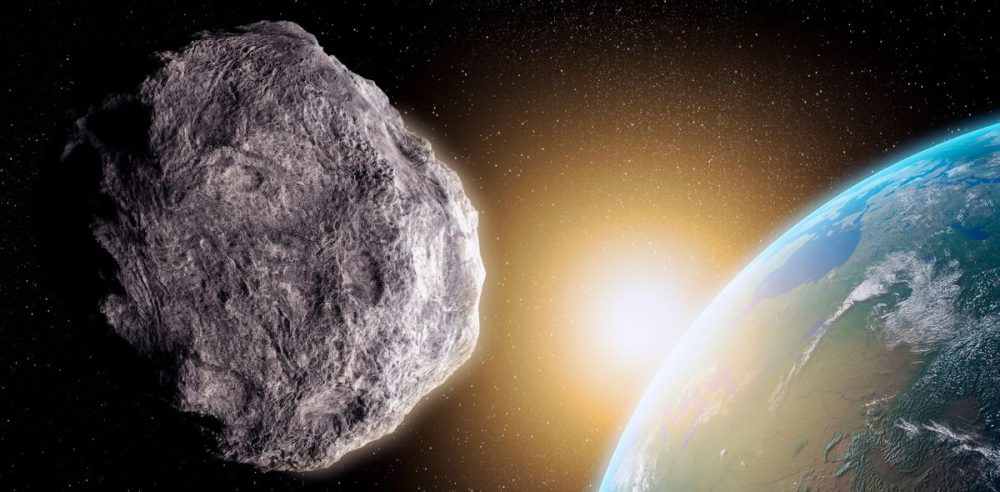The asteroid known as 2024 YR4 now has an even higher chance of colliding with Earth in 2032, according to the latest estimates from NASA.
The U.S. space agency said the odds of the ‘city-killing’ asteroid reaching our planet in seven years doubled within the past few weeks. The latest estimate places the probability of a strike at 3.1%, or roughly one-in-32 odds.
The asteroid hurtling toward Earth’s direction is so large that it has the capacity to wipe out an entire city. It is estimated to be between 131 to 295 feet wide, roughly the size “of a large building,” said aid Dr. Paul Chodas, manager for the Center for Near-Earth Object Studies, or CNEOS, at NASA’s Jet Propulsion Laboratory in Pasadena, California, per ABC. Its destructive potential is equivalent to eight million tons of TNT, or 500 times the power of the atomic bomb dropped on Hiroshima.
“An asteroid this size impacts Earth on average every few thousand years and could cause severe damage to a local region,” the European Space Agency (ESA) said in a space safety briefing, per Global News. “As a result, the object rose to the top of ESA’s asteroid risk list.”
While the asteroid is large, it is far from the biggest to hit our planet. The so-called ‘planet-killer’ asteroid that hit Earth 66 million years ago and resulted in the extinction of dinosaurs was estimated to be around 6.2 miles in diameter.
The impact risk corridor for 2024 YR4 stretches “across the eastern Pacific Ocean, northern South America, the Atlantic Ocean, Africa, the Arabian Sea, and South Asia,” says the International Asteroid Warning Network (IAWN). Despite being the size of a large building, the actual impact zone is expected to have a massive 30-mile radius.
Over 110 million people live in this risk corridor, which includes major population centers like Bogotá, Abidjan, Lagos, Khartoum, Mumbai, Kolkata, and Dhaka.
NASA has been working on technology that could potentially disrupt the path of incoming asteroids. In 2022, its Double Asteroid Redirection Test (DART) mission successfully redirected an asteroid twice the size of 2024 YR. In 2027, China is also expected to test similar technology on a smaller asteroid.


